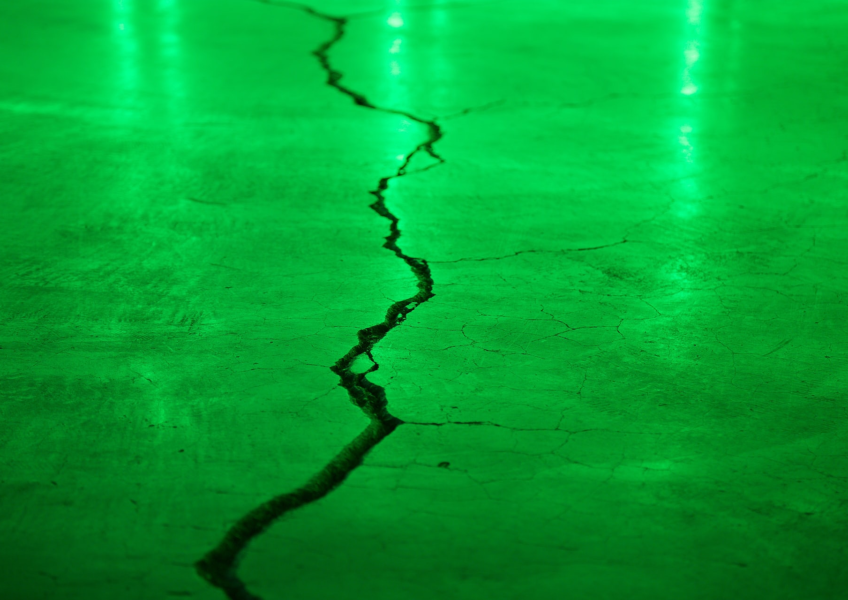Seismic Retrofitting: Strengthening Existing Buildings for Earthquake Resilience
Bracing for Impact: The Importance of Seismic Retrofitting
In earthquake-prone regions, the resilience of buildings is not just about new construction but also about strengthening existing structures. Seismic retrofitting is a critical practice that ensures buildings can withstand the forces of earthquakes, protecting lives and reducing economic losses.
What is Seismic Retrofitting?
Seismic retrofitting involves modifying existing structures to make them more resistant to seismic activity, ground motion, or soil failure due to earthquakes. Techniques vary based on the building’s design, age, and the seismic demands of the region but typically include:
- Base Isolation: Installing isolators between the building and its foundation to absorb seismic energy.
- Shear Walls: Adding walls in strategic locations to improve lateral stability.
- Moment Frames: Incorporating steel or reinforced concrete frames that allow the building to bend without breaking.
- Flexible Utility Connections: Upgrading utilities to flex and move without breaking during an earthquake.
The Role of Forensic Engineering in Seismic Retrofitting
Forensic engineers play a vital role in seismic retrofitting by assessing the vulnerabilities of existing buildings and recommending specific retrofit strategies. Their expertise helps ensure that retrofitting measures are both effective and economical, tailored to each building’s specific needs.
Case Studies: Retrofitting Success Stories
Examples of successful seismic retrofitting underscore the effectiveness of these measures:
- San Francisco City Hall: A historic building retrofitted with base isolators to preserve its architectural integrity while enhancing its seismic resilience.
- Los Angeles Schools: A large-scale retrofitting initiative following the Northridge earthquake, significantly improving the safety of thousands of students.
Challenges and Considerations
Despite its importance, seismic retrofitting faces challenges, including:
- Cost: High expenses can deter building owners from undertaking necessary retrofits.
- Regulations: Navigating building codes and retrofit ordinances can be complex.
- Public Awareness: Lack of awareness about earthquake risks and retrofit solutions.
Conclusion
Seismic retrofitting is an essential component of urban safety in seismically active areas. By strengthening existing structures, communities can better withstand the inevitable occurrence of earthquakes, minimizing damage and saving lives. As technologies and methods evolve, the process becomes more efficient and accessible, encouraging wider adoption across vulnerable regions.




